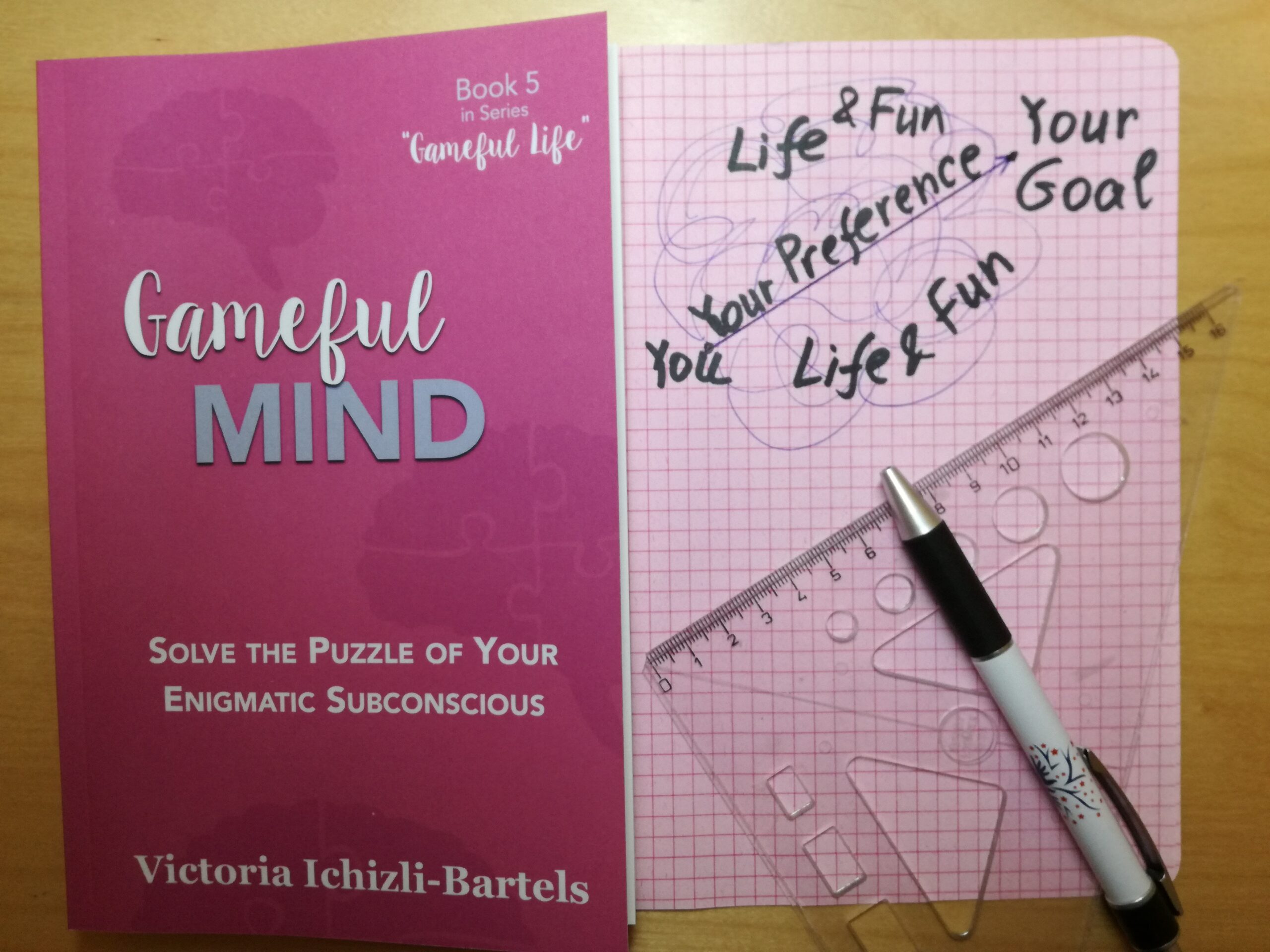Reading time: 6.5 minutes
Goals* in games often pose a fun challenge. For example, save the princess, who is kept captive and guarded by hideous underworld dragons.
We rarely consider challenges in real-life projects as fun, especially in one that’s stalling or which doesn’t run as expected or preferred.
Apart from that, the goal is always clear and visible in a game. In a real-life project, we often get lost in complaints and forget why we started doing something in the first place.
There is another curious difference between how we consider — and treat — goals in games and projects.
In multi-player (and other) games, all players voluntarily agree to embrace the goals and the rules and have their score recorded in a feedback system given by the game provider. (We will consider rules, feedback systems, and voluntary participation in the following three posts.)
In contrast to that, in real-life projects, we tend to be quite resistant toward goals, rules, and often also reports we need to prepare (which are nothing else than the various types of feedback systems in your project). Even if we sometimes might enjoy filling in and formatting the report, we will complain at least out of tradition about having to do so, and we will feel compelled to feel along with that tradition.
Is it wrong that we don’t resist games as much as we resist projects and that we are more willing to be excellent and engaged in games than in real-life projects? No, it’s not. I’m not trying to blame us humans for taking lives seriously. We absorbed this attitude in the cultures we grew up in, from the generation coming before us and who historically had much challenging lives with significantly less opportunity and awareness than we do today. We absorbed these attitudes toward various areas of our lives as much as we absorbed and learned the language and the traditions of the cultures we grew up with.
So why is then all that comparison above? What I did above was an attempt to apply “cultural relativism, an approach that rejects making moral judgments about different kinds of humanity and simply examines each relative to its own unique origins and history.” — Cameron M. Smith, Anthropology For Dummies
In this blog post, the two cultures I consider non-judgmentally are “us in games,” and “us in real-life projects,” before we started turning our projects and project management into games.
As you see above, depending on the circumstances we are in (”games” versus “real-life projects”), we can become a different culture.
In fact, understanding that each of us is a culture of our own can help us perceive why each of us sees the goals, which are supposedly clearly defined in a contract with your customer or employee/employer, through very differently colored and patterned lenses. (Read also “GPM and the Synergy of Three”)
Where do all these different colors come from?
They might come from the secondary goals behind the real-life projects.
The primary goals both in games and projects are defined when you answer the question, “What do we what or need to achieve to win this game or to bring this project to a successful (= preferred) closure?”
The answers are often very clear: save the princess, design, and fabricate this product until the specific date and with particular quality criteria and satisfying or even overcoming customer expectations.
The secondary goal is defined by the question, “Why do we want to do that?”
[A side-note: The word “secondary” doesn’t mean here that the goal defined by it is less important than the primary goal. It is just not as immediately visible as the latter.]
The secondary goal in games, especially in those we play to make us happy, is to have fun and experience happiness while playing. We often greet games, and specifically new games, with a smile and curiosity and a question, “I wonder what playing it would be like.”
That is entirely different from how we greet the real-life projects. There we often expect “only” work. And the word “work” frequently has a bad taste.
Thus the secondary goals in a real-life project are rarely to have fun. It is often to increase productivity, be better than competitors, improve this or that. Here we come again to the pressure and the will to manipulate our current status into something different. (See also “Achieving Improvement Without Forcing It”)
So what is again the difference between goals in games and real-life projects?
The goals in fun games pose an exciting challenge, and they are both kind and honest. Here’s how. If you go on the quest of that princess and throw yourself into the adventure to fight or escape those dragons, you will be excited, maybe even laughing happily along the way, having success experience with each dragon you avoid or defeat. You feel elated each step of the way.
In real-life projects, there is often just one success. It is expected at the end of the project, if it is done on time, and in conformance with previously set criteria. The achievements in-between or with less than expected results are rarely celebrated.
So, how can we make the goals of your project games truly gameful in terms of self-gamification?
We need to approach them both honestly and kindly.
I don’t mean here to try to find out whether your goals are realistic. You can reach some unimaginable and unplanned goals starting at quite strange places, like the story I quoted about Richard Feynman in the References and Notes of the post “Fun is Not a Bonus; It’s a Must for Success.”
Realistic doesn’t mean that you are kind and honest. By trying to be realistic, you might try to suppress your heart’s desires both for yourself and your peers in the project. That is neither kind nor honest.
The advice to keep the goals concrete is measurable is helpful, especially because it urges not to jump ahead of us. But we still might resent those concrete and measurable goals and think that we don’t want to achieve them, that we only have to.
So what to do?
The following: Go to that triplet mentioned in the post “Fun is Not a Bonus; It’s a Must for Success”: the curiosity-fun-passion triplet.
Ask yourself:
- Are you curious about this project? No? What could make you curious (in case you need to address it because you committed to doing so)?
- What could be fun for you in the challenge that the project already poses? What other fun features, challenges could you add to make it hard to leave?
- What are you passionate about? Is there any connection between that and your project? Volunteer to do those parts of the projects that connect your passion to the project. So if you love using Microsoft Excel, volunteer to maintain project spreadsheets or something similar. That will increase your experience of fun.
You probably can see how you can develop this further. Yes, fun is your compass, and at the same time, measuring tool of your success.
What I often recommend is to always have your fun-detecting antenna on. Then you will be on the right track toward your true goals, those you want to achieve with all your heart, especially the true secondary ones, the ones that determine why you are working on that project.
References and Glossary:
* “The goal is the specific outcome that players will work to achieve. … The goal provides players with a sense of purpose.” — Jane McGonigal, Reality Is Broken: Why Games Make Us Better and How They Can Change the World
If you want to learn more:
Sign up to Optimist Writer’s Blog to follow the Gameful Project Management series.
Check out my coaching and consulting services to work directly with me.
Take a look into my book Self-Gamification Happiness Formula.
Go to this link for the list of all the resources I offer on Self-Gamification.


